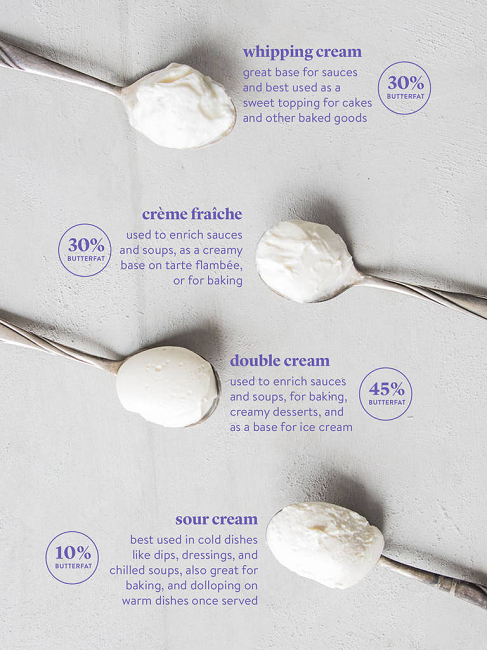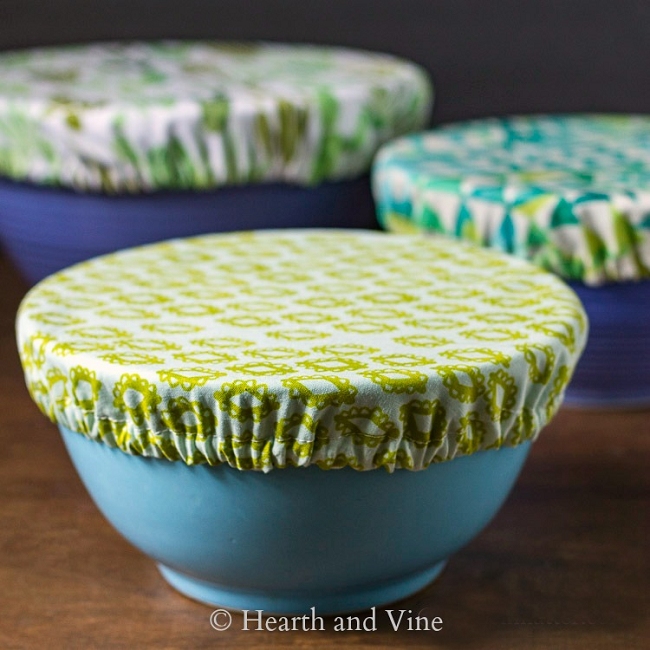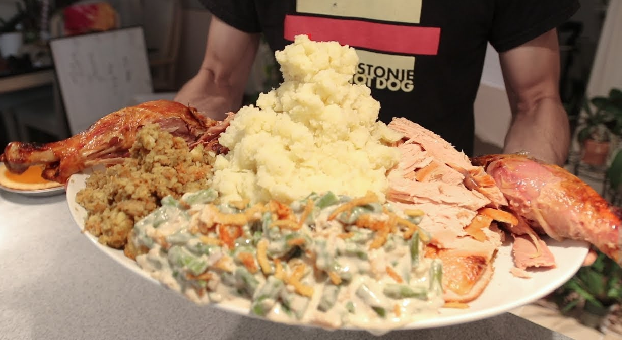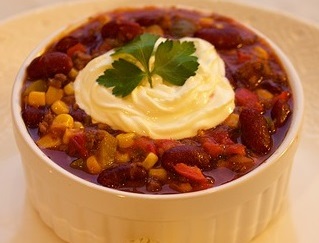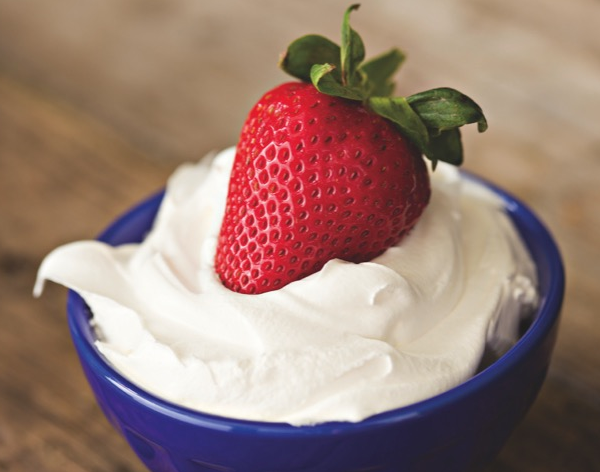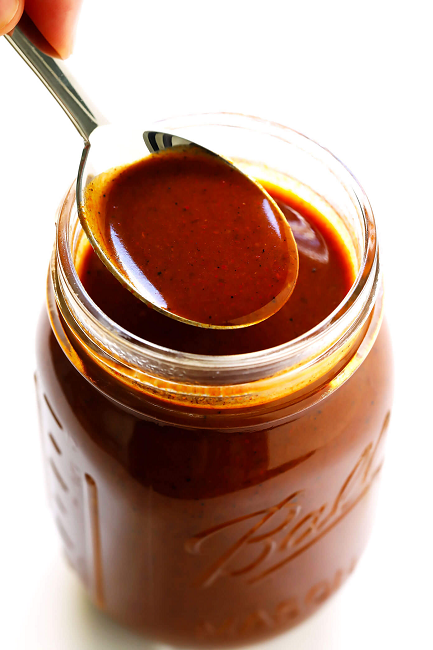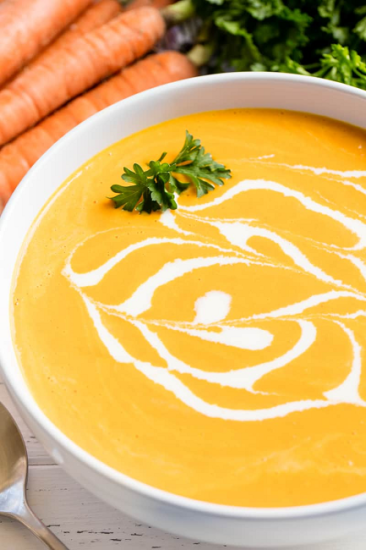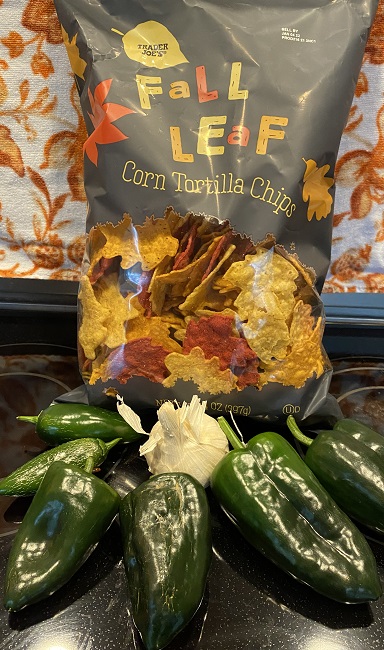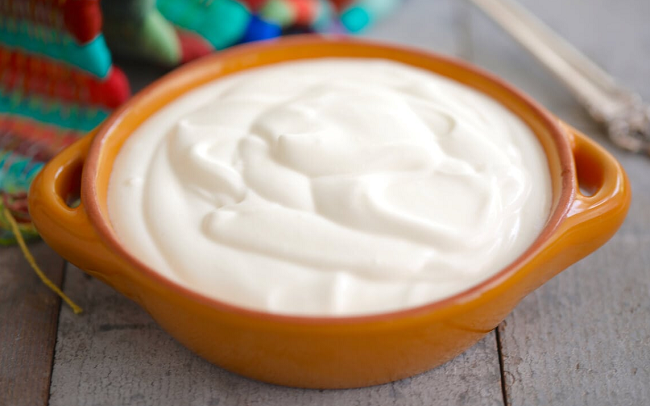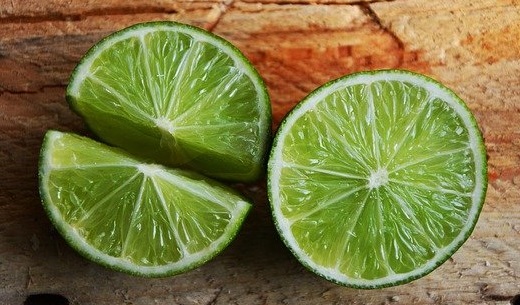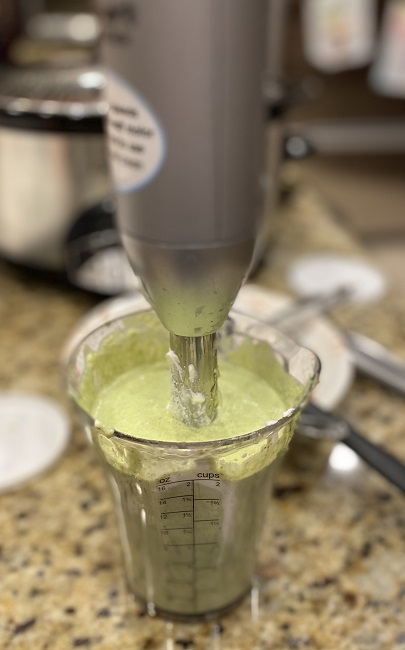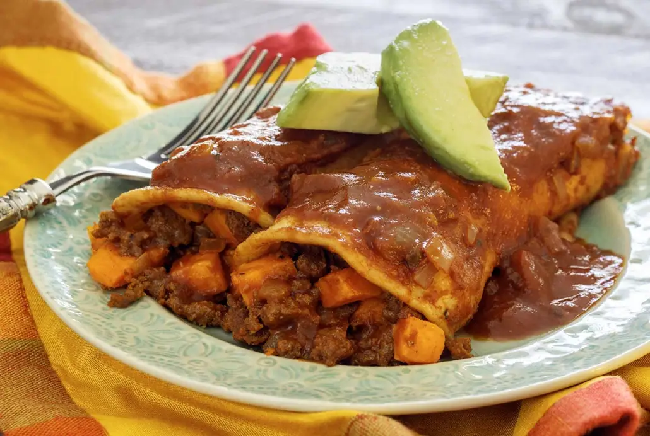Today, we move on from crema – which is the runniest of the creamy elements we discussed HERE – to crème fraiche, which fits snuggly in the middle of the consistency scale. Sour cream, you will remember, is the thickest of our trifecta.
As you might guess, from its French name, this fresh cream is specifically under European labeling regulations, requiring it be made from cream and a bacterial culture only, whereas sour cream may contain thickening agents.
Hence, if you followed the crema recipes I shared previously, usage of any ingredients other than cream and a bacterial culture, pushed that recipe into the realm of crema.
With just two ingredients, the recipe for crème fraiche would seem simple, but opinions vary as to proportions. I’m thinking the variable may be length of time available for the fermentation process.
Those using 2 Tablespoons/ 30 ml of buttermilk for each cup/ 237 ml of heavy cream may have gotten quicker results, (12 hours), than those using just 1 Tablespoon/ 15 ml, (24 hours). Some sources split the difference and used 1.5 Tablespoons/ 22.5 ml of buttermilk per cup/ 237 ml of heavy cream.
You choose how you may want to tweak this basic recipe.
Crème Fraiche
1 cup/ 237 ml heavy cream
1-2 Tablespoons/ 15-30 ml of buttermilk
Combine ingredients in a glass container. Cover either with a breathable top – such as a clean kitchen towel or a lid/plastic wrap. Leave at room temperature for 12- 24 hours. Use. Refrigerate to keep for up to a week or two.
This recipe is easily doubled. In fact, many recipes call for 2 cups/ 474 ml of heavy cream because they are using that much crème fraiche. I’m not cooking for a large family, so a smaller quantity would be enough for me.
Where to use crème fraiche?
Readers who are entering the warmer seasons of fresh fruit, may want to whip their crème fraiche with a bit of sugar to adorn a bowl of fresh fruit.
With cooler seasons upon the rest of us, I’m anticipating adding this to beef stroganoff soon. This higher fat content crème fraiche will not separate when cooked/boiled like sour cream does.
Speaking of beef stroganoff with crème fraiche, I want to close by sharing a link I just discovered – Beef Stroganoff with Crème fraiche – YouTube by Daddy Cooks. His engaging, laid-back style is down-to-earth and easy to follow, and will be my guide when preparing beef stroganoff next time.
As we start preparing special meals for any holiday experience, remember to be mindful of portion control and in surrounding the meal with colorful, high fiber veggie side dishes that are not so calorie dense.
In health-
Deidre



